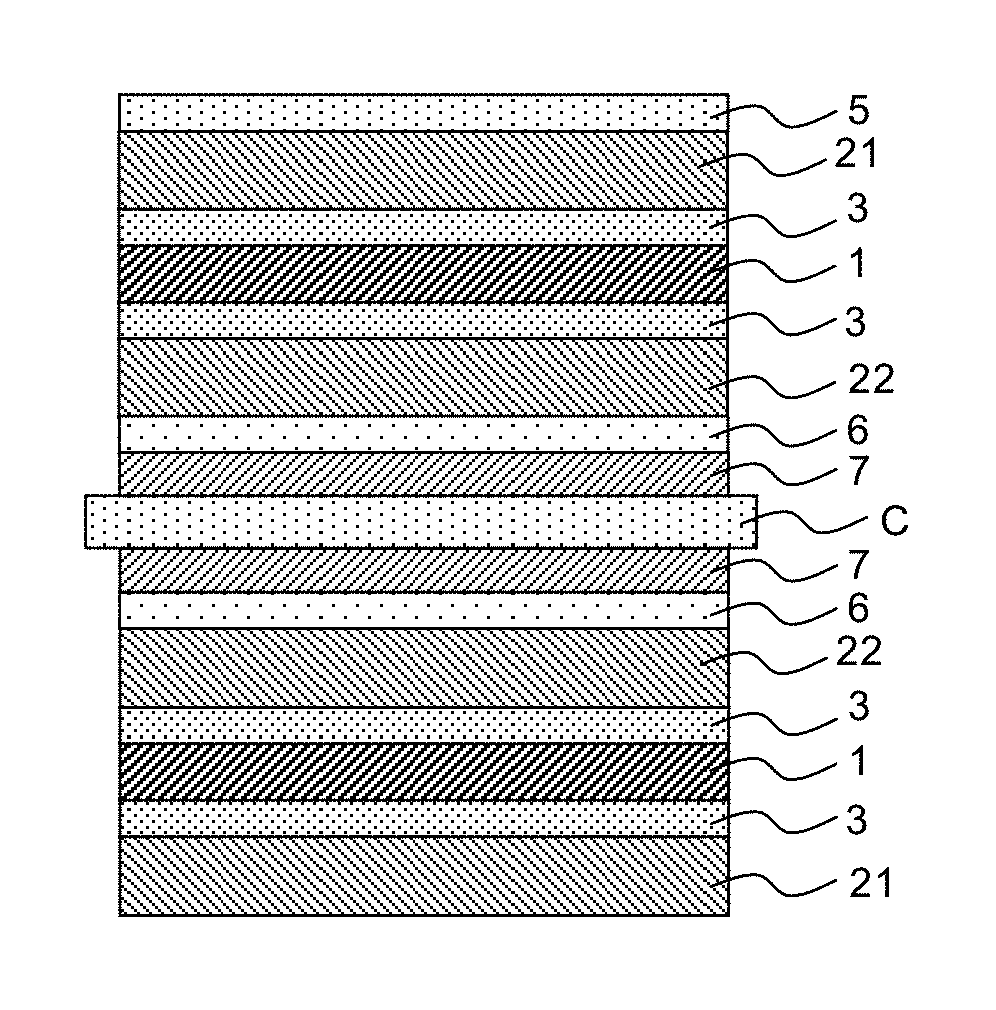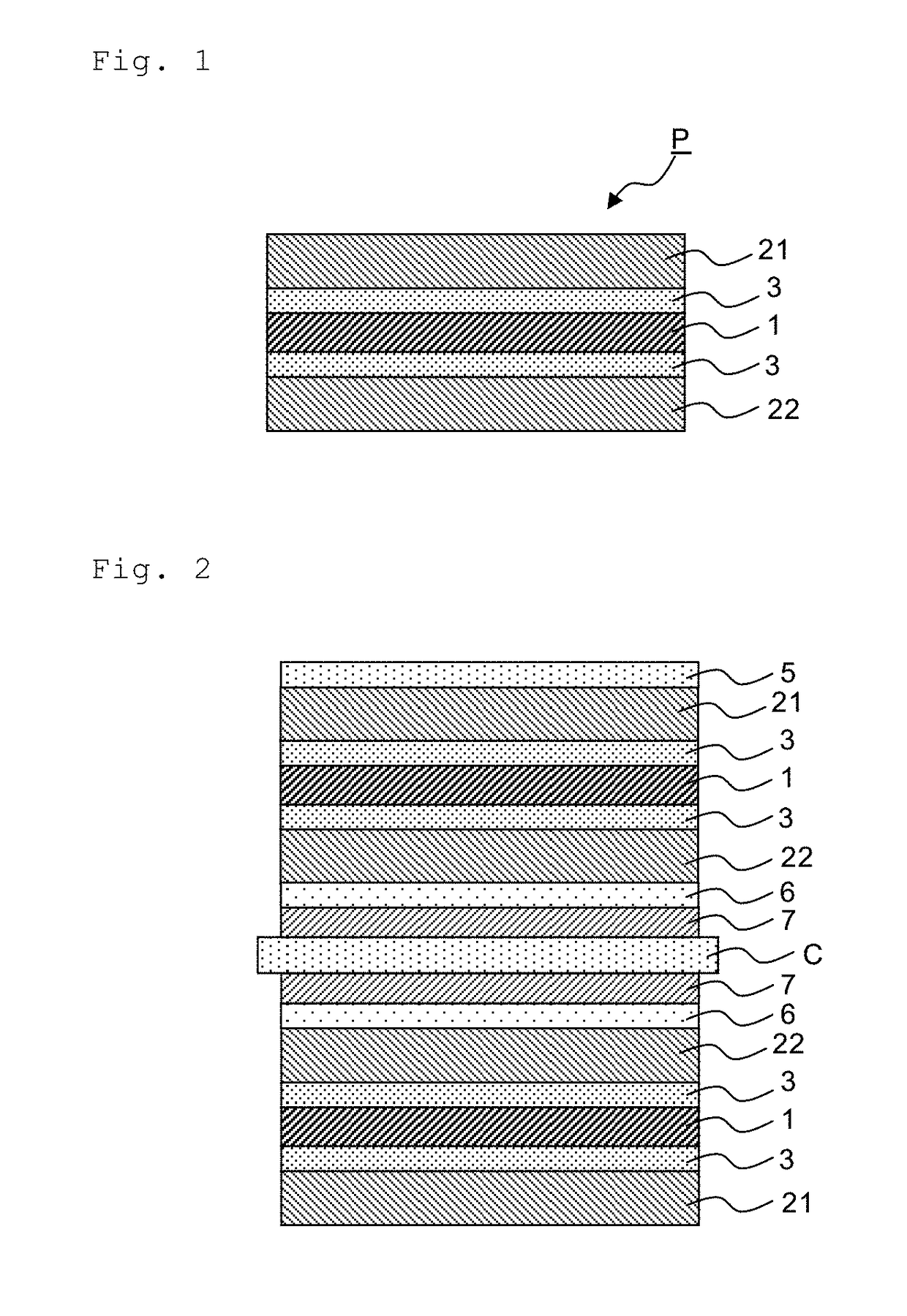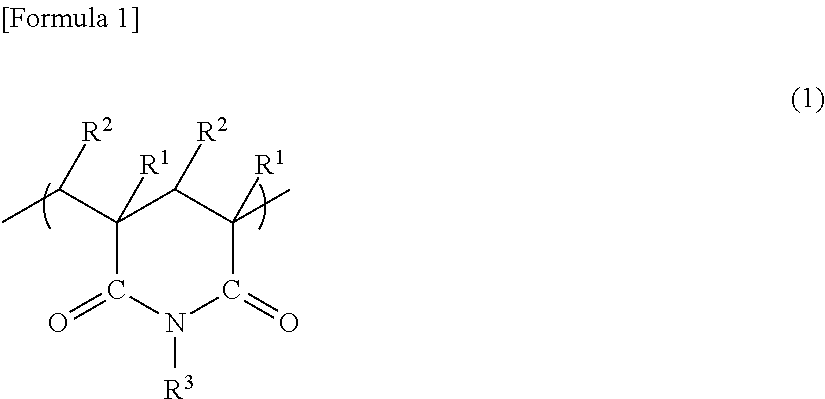Polarizing plate and liquid crystal display device
a liquid crystal display and polarizing plate technology, applied in the direction of polarizing elements, instruments, optical elements, etc., can solve the problems of yellowing on the display part, poor appearance, etc., and achieve excellent durability, high heat resistance, and high transparency
- Summary
- Abstract
- Description
- Claims
- Application Information
AI Technical Summary
Benefits of technology
Problems solved by technology
Method used
Image
Examples
example 1
(Production of Polarizing Plate)
[0161]The adhesive A was applied to one surface of the transparent protective film A so as to form an adhesive layer with a thickness of 80 nm after drying. The adhesive A was applied to one surface of the transparent protective film H so as to form an adhesive layer with a thickness of 80 nm after drying. The adhesive was applied at a temperature of 23° C., 30 min after its preparation. At a temperature of 23° C., the adhesive-coated transparent protective films A and H were then bonded to both surfaces of the polarizer with a roller machine, and then the laminate was appropriately irradiated with active energy rays from the transparent protective film H side, to cure the adhesive layers A and H located on both the sides, thereby producing a polarizing plate.
PUM
| Property | Measurement | Unit |
|---|---|---|
| thickness-direction retardation | aaaaa | aaaaa |
| thickness | aaaaa | aaaaa |
| transparency | aaaaa | aaaaa |
Abstract
Description
Claims
Application Information
 Login to View More
Login to View More - R&D
- Intellectual Property
- Life Sciences
- Materials
- Tech Scout
- Unparalleled Data Quality
- Higher Quality Content
- 60% Fewer Hallucinations
Browse by: Latest US Patents, China's latest patents, Technical Efficacy Thesaurus, Application Domain, Technology Topic, Popular Technical Reports.
© 2025 PatSnap. All rights reserved.Legal|Privacy policy|Modern Slavery Act Transparency Statement|Sitemap|About US| Contact US: help@patsnap.com



